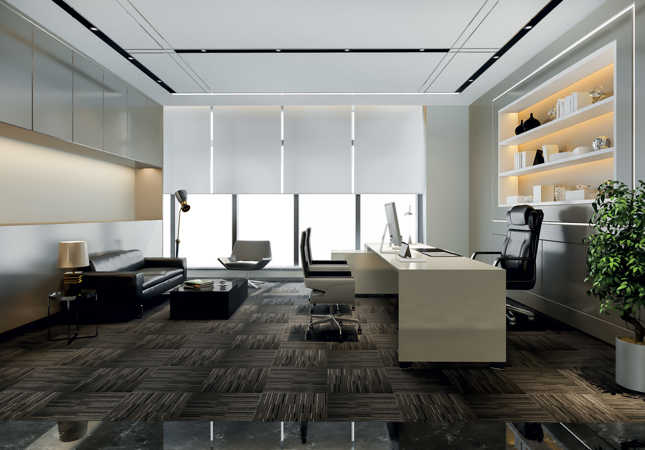
Office Lighting Design
Office environments are spaces where employees spend a significant part of their day. Therefore, lighting design is an important factor that affects both the visual comfort and overall health of employees. A well-planned lighting system can reduce eye fatigue, increase attention levels, and generally improve the mood of employees.
Fundamental Principles of Office Lighting Design
- Use of Natural Light: Natural light is preferred over artificial light because it saves energy and supports the circadian rhythm of employees. Windows and other sources of natural light should be strategically placed in office design.
- Use of Artificial Light: In situations where daylight is insufficient, energy-efficient artificial light sources like LEDs should be used. Illuminance levels should be designed according to the EN-12464-1 standard.
- Visual Comfort: The level of lighting, color temperature, and glare affect the visual comfort of employees. Therefore, lighting should be soft enough not to strain the eyes and powerful enough to provide adequate illumination.
- Ergonomics: Lighting should support the ergonomics of the workspace and meet specific needs such as task lighting.
- Flexibility: Lighting levels should be adjustable to accommodate the different visual needs of employees.
Considerations in Office Lighting Design
- Lighting Level: Adequate lighting levels should be provided in work areas, but over-illumination should be avoided.
- Color Temperature: Typically, light colors between 3000K and 4000K are preferred for office environments.
- Glare Control: Glare can cause eye fatigue and loss of productivity. Therefore, fixtures with a low UGR (Unified Glare Rating) value should be used.
- Emergency Lighting: Emergency lighting systems should be designed in accordance with safety standards.
Lighting design in offices has a direct impact on the productivity and health of employees. A well-designed lighting system saves energy while enhancing the visual comfort and overall well-being of employees.